
Etiquette is a word with which long-established golfers are all too familiar, but it’s less commonly used these days in a wider sense, which is perhaps why the rulemakers decided to drop it when the major Rules of Golf revisions came in in 2019.
The principles of good ‘etiquette’ remain the same, however - the concept of playing within the spirit of the game, which is now covered by Rule 1.2 – Standards of Player Conduct. Here, the talk is now about acting with integrity, showing consideration to others and taking good care of the course.
But if you’re relatively new to the game, you may or may not instinctively know what other golfers might expect of you. In the video and article below, we focus primarily on the ‘showing consideration to others’ element as we highlight 7 ‘etiquette’ mistakes new golfers should try to avoid…
Not being ready when it's your turn
Most golfers are keen to keep play moving at a reasonable pace, and part of that comes down to being ready to play when it’s your turn. As soon as the previous player has hit, you should be pretty much ready to go, other than when you’re on the same line so can’t be standing next to your ball.
On the tee, if it’s your turn to play, that should be your priority rather than standing there totting up your shots on the previous hole and marking your scorecard. There’s plenty of time for that after you’ve hit.
And you should always be trying to prepare for your shot in advance so you’re ready to go when it’s your turn. Getting the yardage, working out the wind and choosing a club can all be done in advance, so when it’s your turn you can just set up to the ball and play.
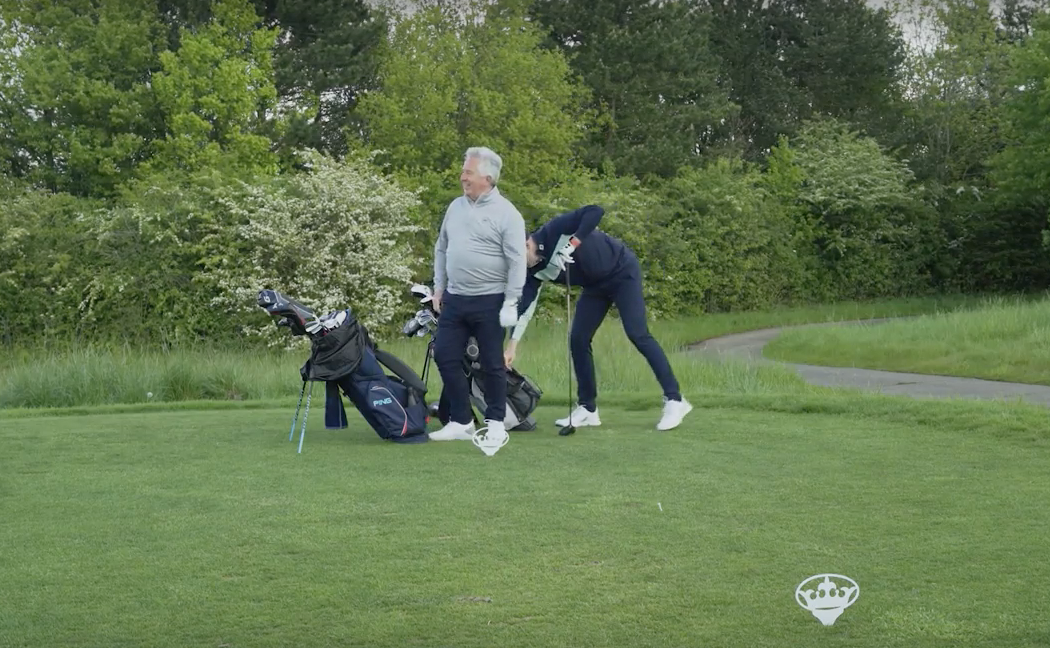
Walking across line on green
The truth is that, with spikeless and cleated shoes, this is perhaps less of an issue than in the days of the old metal spikes. And yes, in firm conditions the chances of you damaging the line your playing companion is about to putt on are pretty slim.
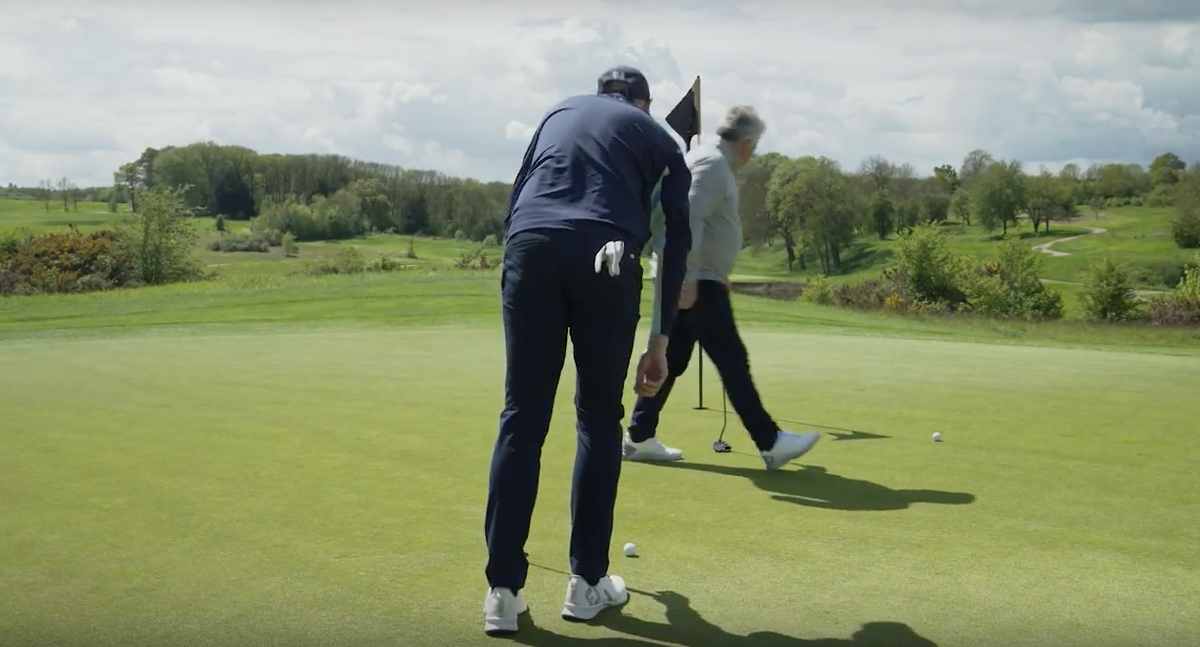
But in very soft conditions, it can make a big difference when footprints are taking a while to resettle after someone has walked somewhere. So, it’s far more courteous just to avoid your playing companion’s line on the putting green completely and hope they will afford you the same courtesy.
Leaving bag on wrong side of green
If possible, try to leave your bag or trolley at the point where you will be exiting the green after you have putted out.
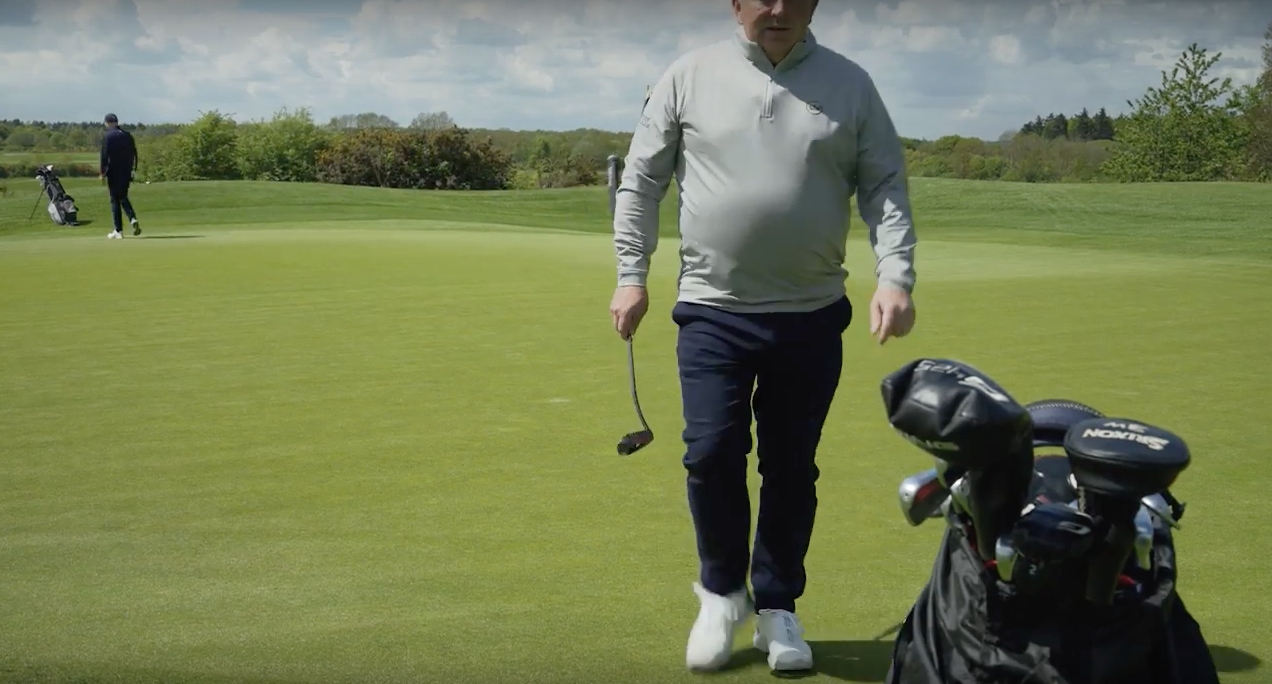
Yes, sometimes you might not know a course well enough to know, or the logistics of where you’ve had to chip from or where trolleys are allowed to go may mitigate against it. But a good thought to have in mind as you approach a green is, ‘Where am I heading next?’ Leaving your bag on the wrong side not only delays your group but can be frustrating to watch for the group behind.
Not letting faster players through
Many new golfers are keen not to have people stacked up behind them, while others seem a little oblivious to it (this applies not just to new golfers of course!). But it’s important to try and keep everyone happy out there, especially on a less busy course where the group behind can see that they could be off and away if they could just get through your group.
There can be many reasons for not being quick – playing as a fourball, not playing well and having to look for a lot of balls, being relatively new to the game and therefore playing more shots. But whatever the reason, we are all encouraged to let faster players through because it’s just better for all concerned. That way, those a little slower – especially if they’re new golfers – aren’t constantly looking over their shoulders and feeling pressured, while those a little faster can enjoy their game at the pace they like to play at.
Distracting noises
Some might say that golfers are a pretty fragile bunch when it comes to distractions, but when someone else is playing, it’s always best to try not to do anything audible that might distract them from the shot in hand - for example, doing up a zip, rummaging in your bag for another ball, jangling coins and tees in your pocket or clanking your clubs.
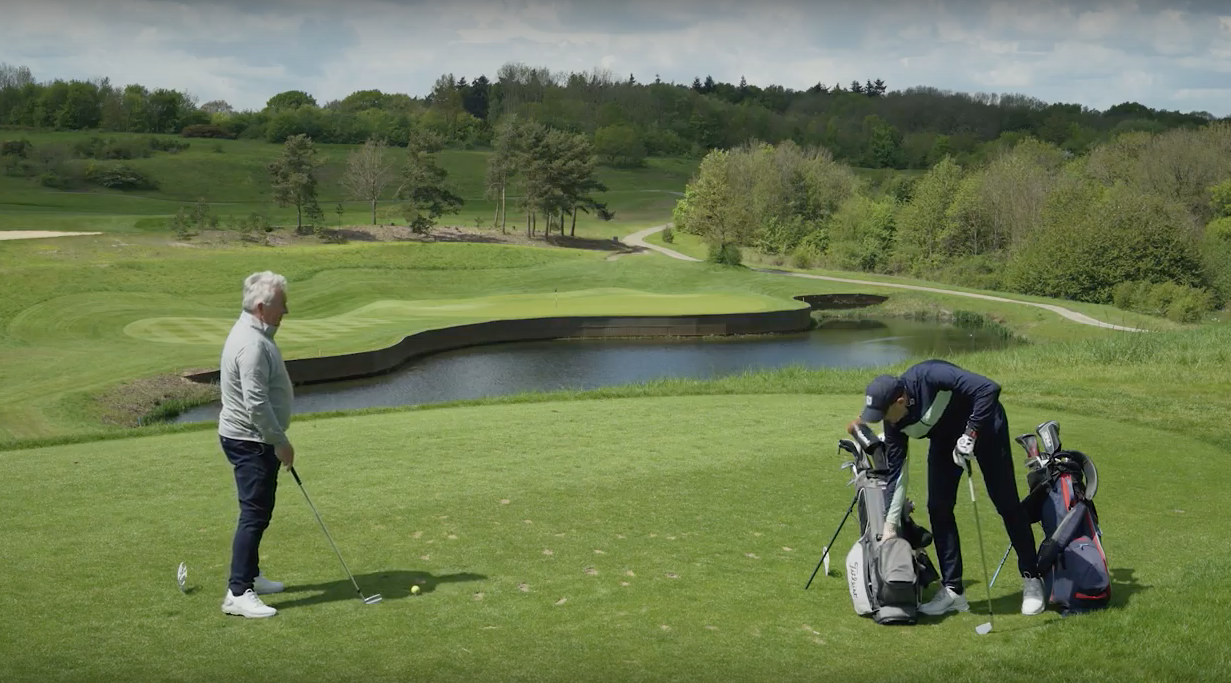
Other sports may be played in a cauldron of noise, but it’s the sudden sound in an otherwise generally peaceful environment that can be so distracting in golf. And while other sports are reactive, the golf swing is proactive (you decide when to start the movement) so just give other golfers those few seconds of complete peace and quiet as they are preparing to hit and then playing their shot.
Not watching fellow players’ shots
Following the flight of a golf ball if your eyesight is not the best or you’re playing straight into the sun can be difficult for the person playing the shot. The more pairs of eyes following the ball, the greater the chance of seeing where it went, finding it quickly and keeping play moving.
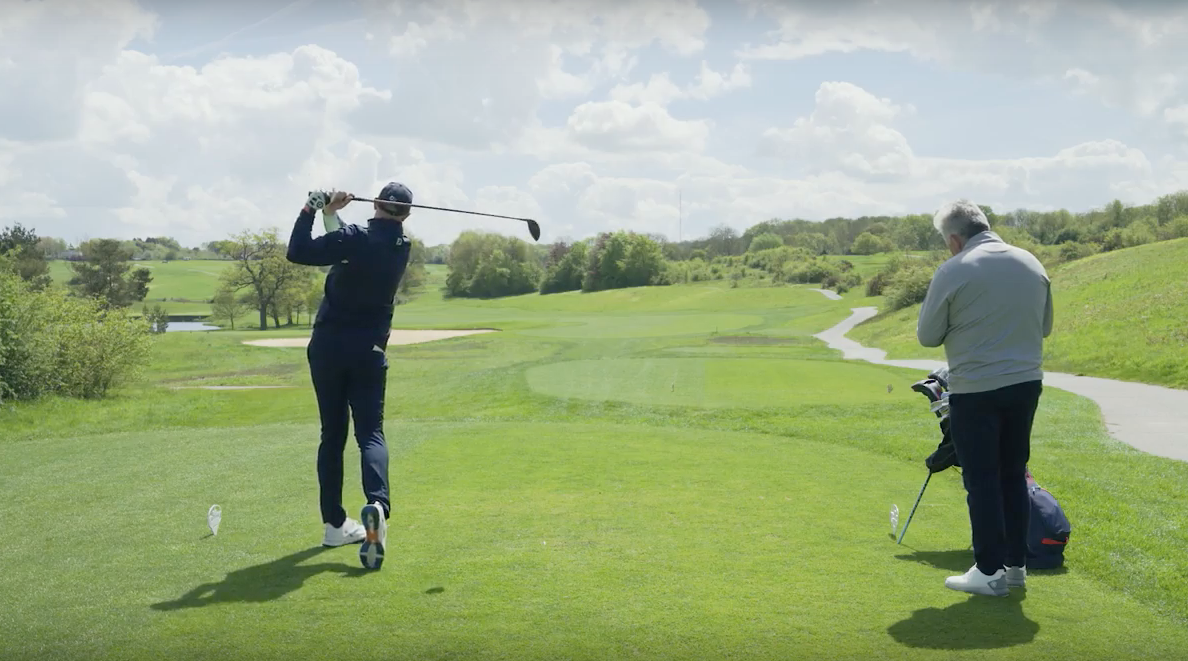
Always try to help fellow players follow the flight of their ball, especially on the tee when everyone in the group is gathered around the same spot, and elsewhere on the course too as and when circumstances allow.
Distracting shadows
In bright, low sunshine, shadows can stretch a long way, so make sure your shadow isn’t distracting someone else, particularly on the green but also on the tee.
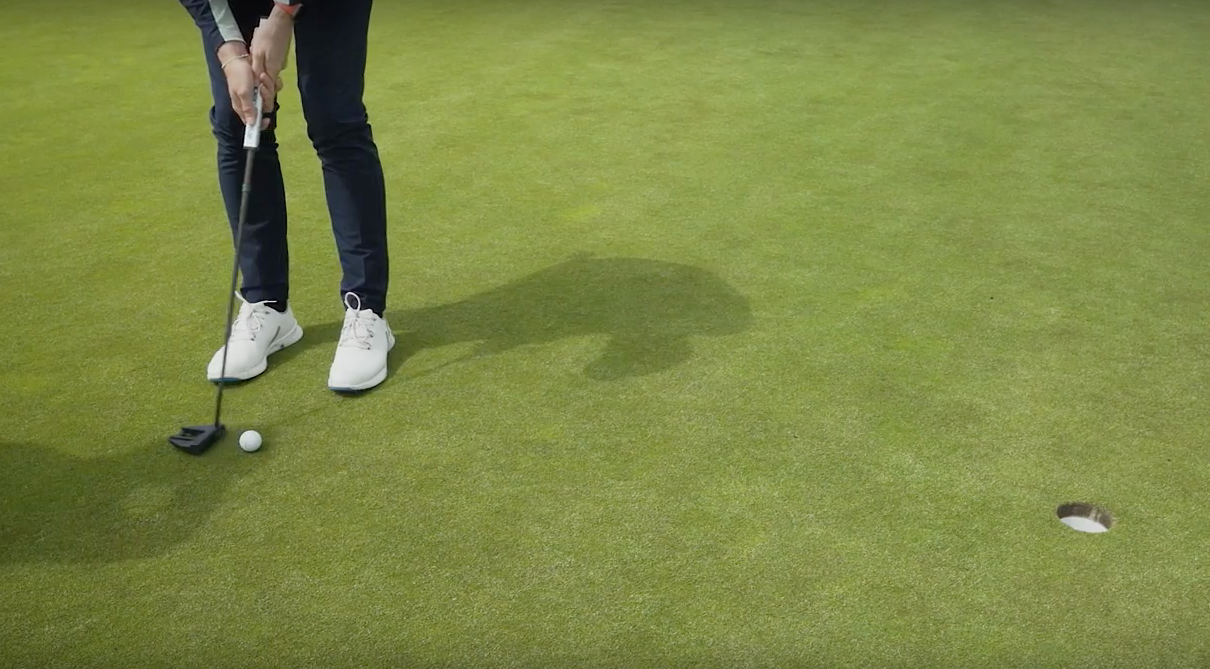
A shadow on your line can be very distracting when putting, especially as any little movements, perhaps with a club or while scratching your head, become exaggerated when the shadows are long. So stand far enough away for your shadow to not become a potential distraction.







